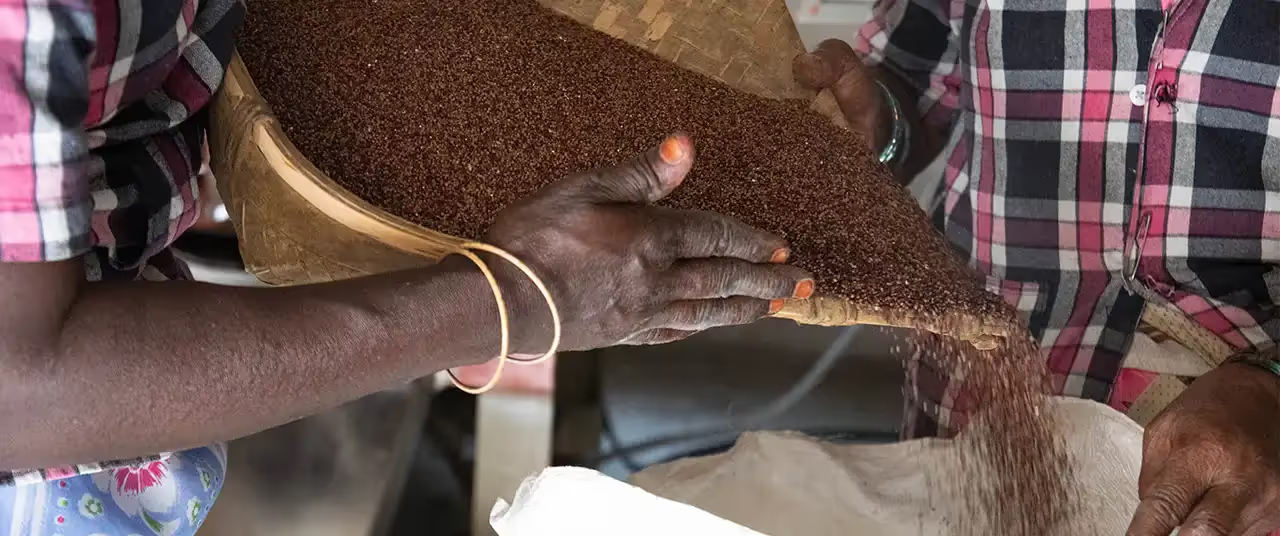In May, the temperatures in the lower Himalayan region begin to show diurnal variation. Mornings and evenings are thermally comfortable while afternoons are warm. Frequent showers of rain re-invoke freshness in the atmosphere and spring season rightfully transitions into summer. Summer proffers a promise of growth. There are new flowers followed by fruits while more birds forage in the local forest along with other non-humans. Pipel in the region believe that this season also lends physical growth to humans. Also, their connections and knowledge about plant species around them invokes different forms of engagement such as collection of flower buds and leaves, culinary uses and making leaf plates.
It is hard to get over the tinge of tang and sweetness that this attractive bright orange fruit has to offer. Everybody collects these fruits while passing by and cherishes their taste. It is extracted for its medical purposes as well to prepare a fruit wine.
Mock strawberries nearly resemble the true strawberries in their foliage and fruit, however, they are smaller in size and rounder in shape. Local people eat the fruit which is nearly tasteless and dry while passing around the forest. I have a profound memory of plucking and eating them while climbing the stairs towards a waterbody in the region during my childhood.
Watch out for those inch long thorns! One of the key important middlestoreys in the local forest, my mother recalls taking out other small thorns from their hands with the help of this mighty thorn of Carissa spinarum. Conkerberry is spread over the Indian subcontinent, Africa and Australia. It is known to have various ethnobotanical uses - roots (ground and applied onto wounds of cattle to kill worms); wood (making combs, ladles); leaves (tanning material in combination).
The first thought that comes to everybody’s mind after looking at its big leaves in “Dhaam” which is the traditional food ceremony in Himachal Pradesh. Platters/Dunnus are made out of it and traditionally used in ceremonies. It is a must replacement for plastic plates or thermocol plates since it is biodegradable.
These explorations lead me to think about the possibilities which we hold in order to safeguard rich ethno-botanical knowledge and include them in the development decision-making in the state’s policies and regulations. When a rural region is declared urban, an unseen threat comes along with it that stirs the integrity of the rural landscapes and the broader ecosystem. Hence, I derived the concept of hope, The Local Forest, aiming to keep the nativity of the Rural Himalayan Landscapes intact under the pressure of urbanism.
Test description 7
Test description 8
Test description 9
Test description 10
Test description 11
Test description 12
Test description 13
Test description 14




















